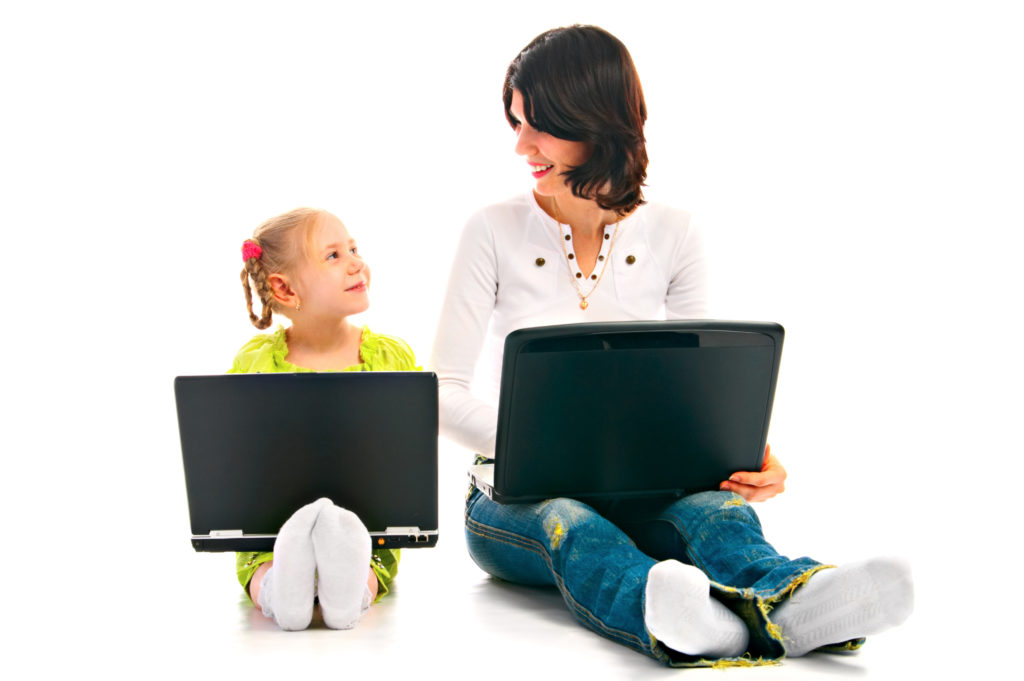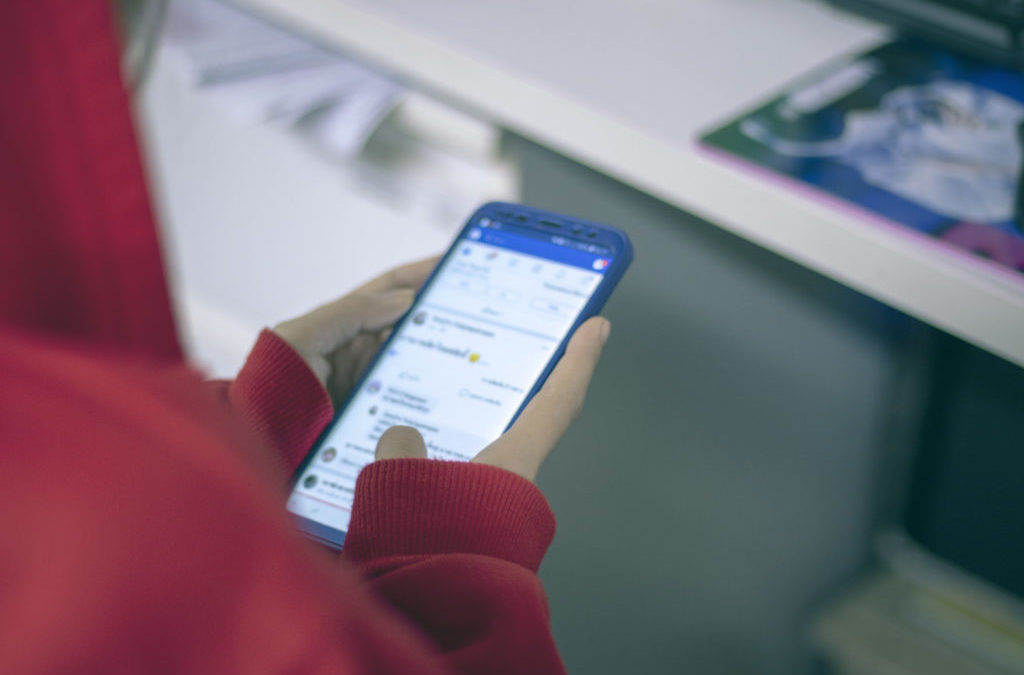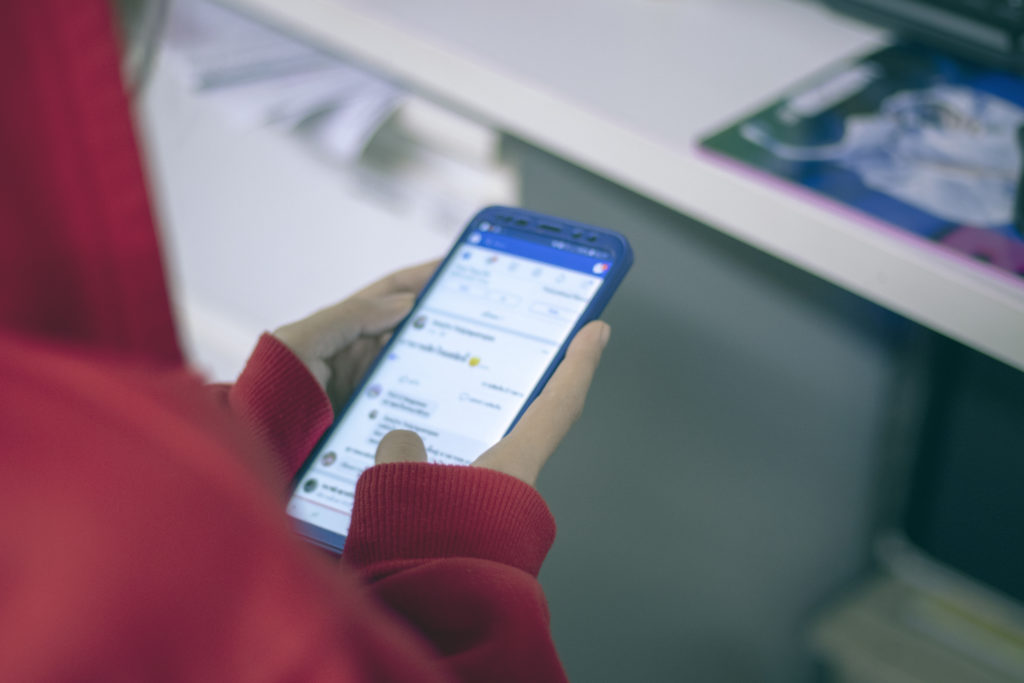Don’t try to change minds, but simply change behaviour is the result a group of researchers have come to with regard to vaccinations.

Correcting Others Improves Group Learning
Quick Hits
Daily brief research updates from the cognitive sciences

Recently I reported on one conundrum of learning in groups: that of optimal group formation i.e. should you group learners with similar ability or diverging ability for the best average learning outcomes.
That question seems to have been resolved. However, there remain other questions such as how does group interaction affect learning?
A recently published study by Stephanie Halmo et al. of the University of Georgia has given us some interesting new insights into this.
To do this the researchers recorded the conversation of students in breakout groups in collaborative learning tasks. They analysed the conversation and identified a number of meta-cognitive statements that helped to move learning forward these included asking for clarification, checking that the discussions and reasoning was guiding towards the actual goals of the group, but also, importantly, of correcting other students.
This correcting of other students seems to be particularly important – not just for the person being corrected but the whole groups. It is likely also the most difficult to do because of politeness or fear of conflict – yet this shows this is precisely the most important thing to do and serves the collective.
Another interesting feature and one that is counter intuitive is that long periods of silence were also indicative of better learning – in this group work we may often think of talkative groups as being the most effective but the data showed otherwise.
There could be multiple reasons for this: lack of attention, lack of deep thought, a constant barrage of chatter, etc. It goes against our intuitions because if we see groups chatting a lot, we perceive high collaboration and therefore assume effective learning. This applies to the group itself as well as the educator guiding this learning.
So, all in when learning in groups, do interact, but be thoughtful, guide towards the goal, and do correct others when suitable. That will make group learning more effective. And I’ve certainly just learned something.

Andy Habermacher
Andy is author of leading brains Review, Neuroleadership, and multiple other books. He has been intensively involved in writing and research into neuroleadership and is considered one of Europe’s leading experts. He is also a well-known public speaker, speaking on the brain and human behaviour.
Andy is also a masters athlete (middle distance running) and competes regularly at international competitions (and holds a few national records in his age category).
References
Stephanie M. Halmo, Emily K. Bremers, Sammantha Fuller, Julie Dangremond Stanton.
“Oh, that makes sense”: Social Metacognition in Small-Group Problem Solving.
CBE—Life Sciences Education, 2022; 21 (3)
DOI: 10.1187/cbe.22-01-0009
More Quick Hits
Don’t Try to Change Minds – Change Behaviour
Why Heat Makes Us Sleepy
Imagine if you are working and your stress levels are increasing, and then automatically soothing music is turned on to calm you down. Or alternatively if you are heading towards that after lunch dip of drowsiness and upbeat energetic music is turned on to energise you.
Tracking Mental States Through Your Skin – In Real Time
Imagine if you are working and your stress levels are increasing, and then automatically soothing music is turned on to calm you down. Or alternatively if you are heading towards that after lunch dip of drowsiness and upbeat energetic music is turned on to energise you.
Testosterone Promotes Cuddling
Quick HitsDaily brief research updates from the cognitive sciences es, you read the headline correctly. Testosterone considered the ultimate male hormone and often associated with aggression has had a bad rap. So, is all of this wrong? Well, the...
Online Learning Triggers Different Stress Responses
Quick HitsDaily brief research updates from the cognitive sciences ot so long ago all learning went online – out of necessity. There has been plenty pf research into differences in online learning and in-person learning but this study by Gellisch...
Use It Or Lose It – Mental Activity Reduces Dementia
Quick HitsDaily brief research updates from the cognitive sciences regularly write on which activities reduce risks of cognitive decline (just last week I reported on how your job can protect your mental abilites with age and also doing household...













